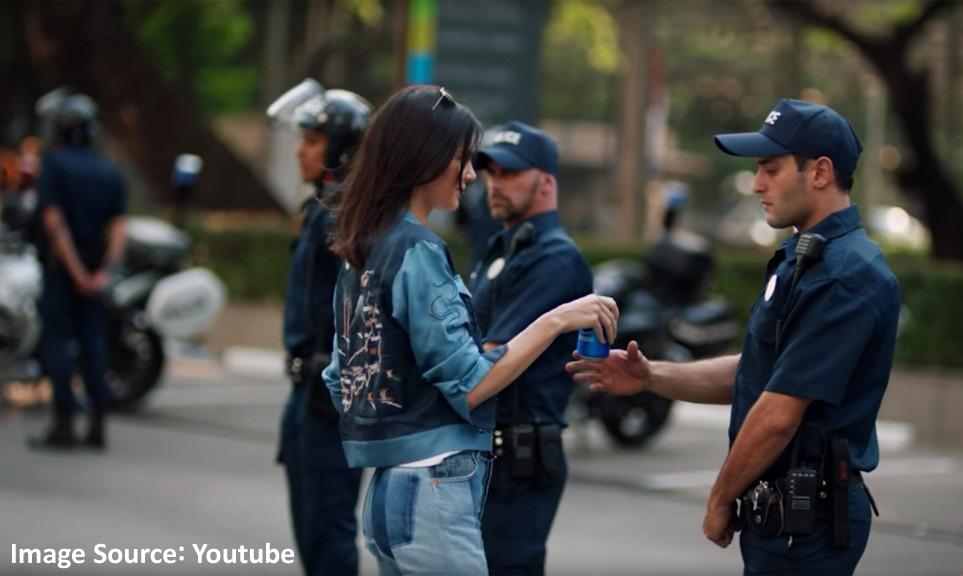June 2017
23We have all heard the buzz words and labels with regards to online marketing. Online marketing promises to be a non-traditional media platform. The rules of old skool marketing are off the table now. Everything has changed!
There is no doubt; online marketing has made a monumental impact on advertising. It is fast paced and the amount of content that has to be created is 10X or in some cases 100X what is was in the “old days”. We are creating content for multiple screens (TV/Phone/Tablet) and in many cases we are cast into a one on one conversation with our customers, who’s voice is just as loud if not louder than our own. With all of this, however, some things have not changed. In some ways, it is just an expanded version of the old.
Content is King
With all the new fangled technology, multiple ways to hit your end user, and robust programmatic ad channels, the one thing you still can’t fake is creativity. Content is still the overall reason why someone will watch your ad, read your blog, or follow you on social media. Not only that, but even Google has come back around to the idea, making the content on your website one of the primary deciders of where you land in search results. The only thing that’s changed is now you need to create a lot more of it. An ad firm used to be able to get by on a few commercials, condensed audio versions for radio, a couple well placed print ads, and maybe some PR; and that was per quarter. Now a strong campaign has to include daily content, regular interaction with your fan base (remember the one-on-one conversation), as well as an eye on trending subject matter and a creative way to include yourself. Keep in mind a lot of this has to be done on the fly because no one necessarily knows what will trend tomorrow, particularly when it comes to breaking news, and fan engagement doesn’t go over very well when you put out a bunch of canned responses.
Campaigns Still Need Overlying Message and Consistency
Even though a large portion of content is made on the fly, that doesn’t mean you shouldn’t have an overlying message and campaign. One traditional approach that is still necessary is the idea of an actual “campaign”. Your message shouldn’t shift from day to day. Your end user focus shouldn’t change based on your mood. Your brand’s overall campaign and message should still be premeditated. Then your daily content, while ever changing, can still be centered on an overall theme and remain consistent in voice, look, and feel.
You Still Need to Spend Money
It would be nice if this new era of advertising was free, but sadly it’s not. You are still going to have a budget for ad placement. Just like the “air time” of old, Facebook, Google, and the others are going to charge you for ad placement. In fact with their sophisticated algorithms, they are making it harder and harder to be heard without paying. The nice thing is, they also make it a lot easier to target a specific audience, backed by hard data. It’s also a lot more affordable.
While it’s a brave new world, that doesn’t mean everything has changed.











